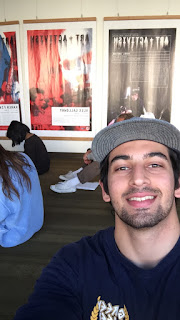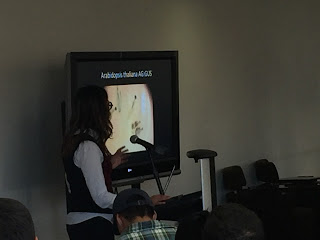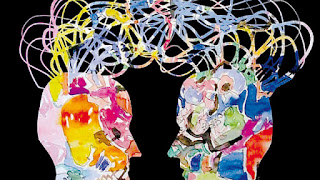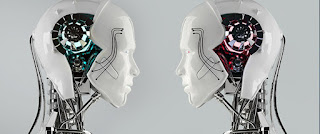Leap Before You Look
In April, I visited the hammer museum where I attended the Leap Before You Look: Black Mountain College 1933-1957 exhibition. This exhibition really touched on many of the lectures covered in class but it was synonymous with the math and art lecture. Many of the works showed high levels of mathematics involved and these applications could be seen in the works themselves as light problem solving.
Me and the geodesic dome
This exhibit was very special because it displayed works from Black Mountain College- a small college aimed at liberal arts education. Upon further research, I found that a wide array of artists and even philosophers were quickly attracted to this school. Therefore, this exhibition had such works as the following: paintings, sculptures, drawings, weavings, and music. I was increasingly surprised at just how much math was involved in most of the works. It really opened my eyes on how flawlessly these works were created with the use of two completely different disciplines- math and art.
The geodesic dome from Black Mountain College
Black Mountain College was able to give its students room to be free with such disciplines and combine different cultures to create magnificent works of art. One of the works, which really caught my attention, was the mat which took about a quarter of the room. This mat was used for dancing performances, which was also commonly seen at Black Mountain College. Additionally, a geodesic dome was displayed which showed the presence of geometry in many of the works. I was beyond happy to attend this event because I was able to visit the hammer and relate the learning's from class to many of the works at the exhibition
































